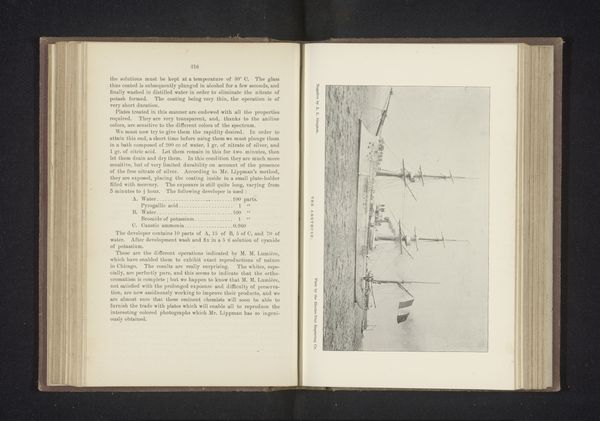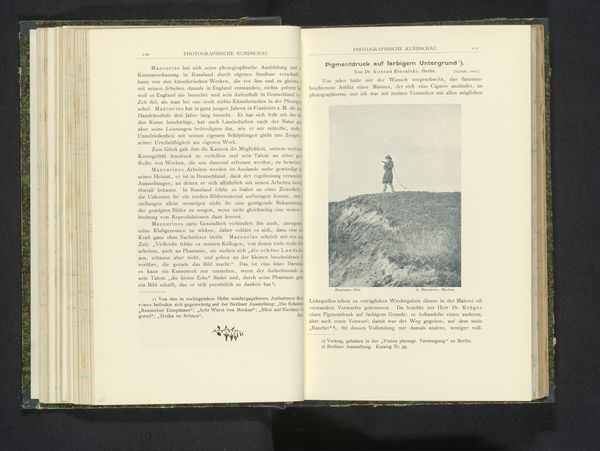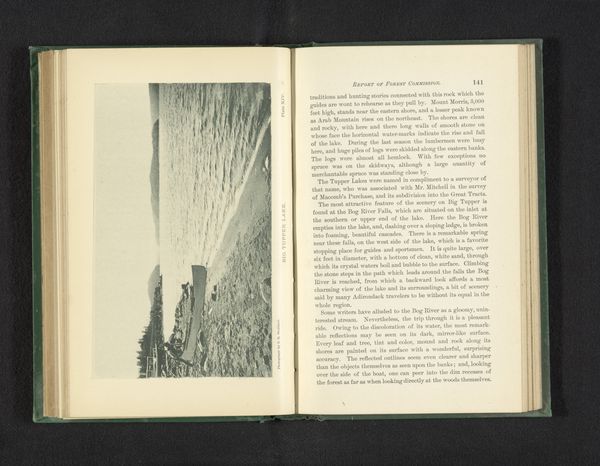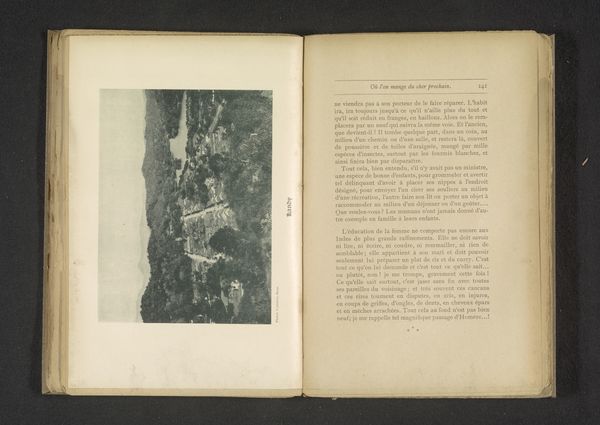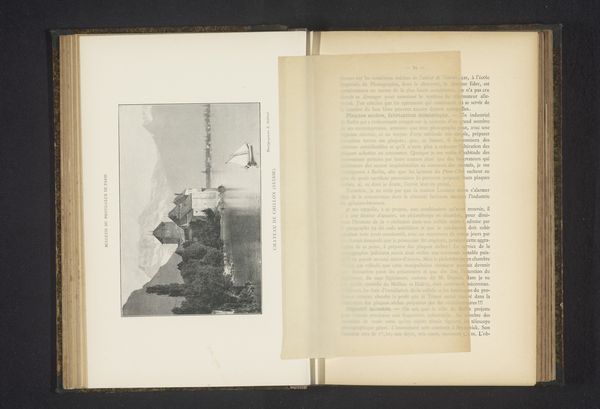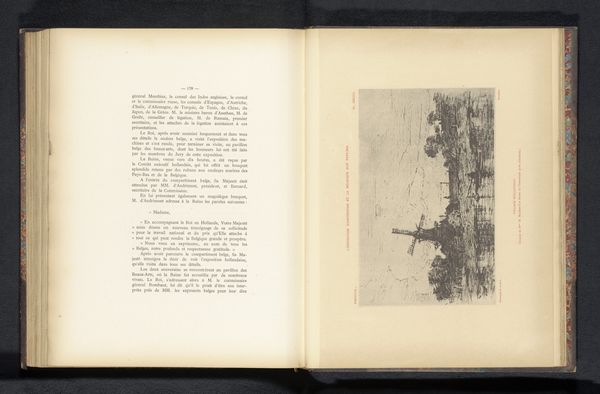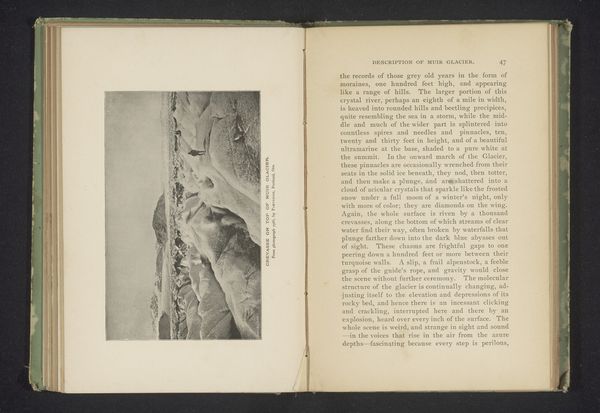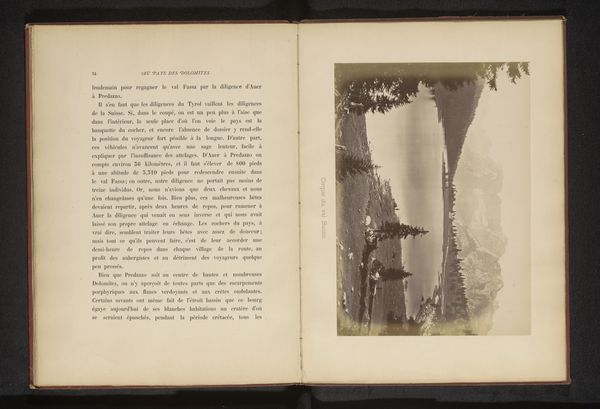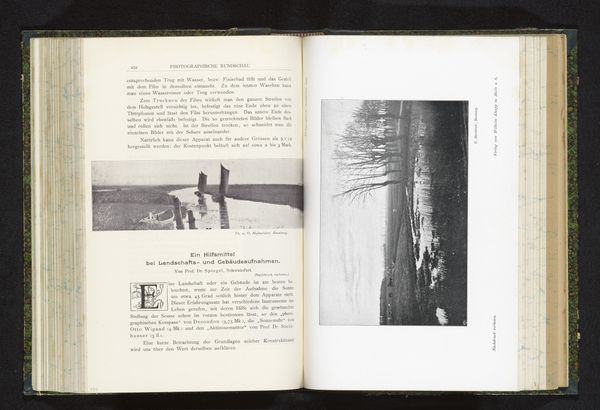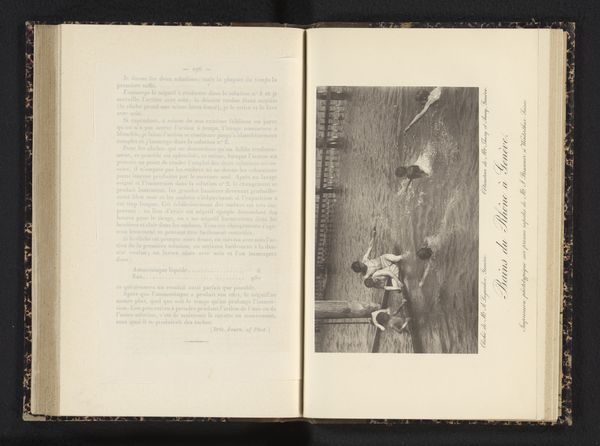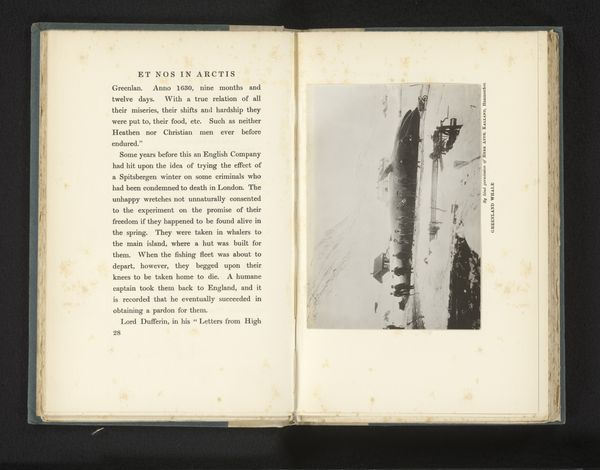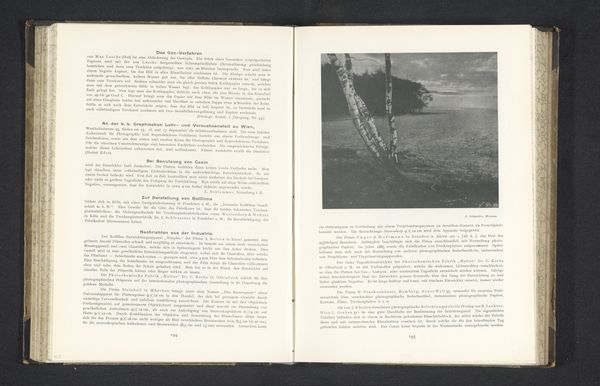
print, etching, photography
# print
#
etching
#
landscape
#
photography
#
academic-art
#
realism
Dimensions: height 113 mm, width 190 mm
Copyright: Rijks Museum: Open Domain
Editor: This image presents a reproduction of a seascape, dated before 1891, created by J. Joop. It appears to be a print incorporating etching and photography. The composition evokes a serene yet somewhat melancholic mood. What stands out to you in terms of its materiality and production? Curator: Looking at this work, I’m immediately drawn to the confluence of "high" and "low" art. We have what appears to be a photogravure - a process deeply rooted in the industrialization of image production – reproducing a traditional landscape painting. Consider the labor involved: from the artist whose work is being copied, to the skilled technicians involved in the etching and photogravure process. How does this interplay of artistic creation and mechanical reproduction influence your understanding of the image? Editor: That's interesting. I hadn’t really considered the "means of production." Does this blurring of the lines also reflect something about the consumption of art at that time? Was it about making art accessible to a wider audience? Curator: Precisely! The print serves as a commodity, a reproducible object that democratizes access to art. Think about who is commissioning and consuming these images. Were they aiming for a rising middle class seeking affordable art for their homes? And what does it say about the role of photography in shaping our understanding and experience of art and nature at the time? Editor: So, by focusing on the materials and the reproduction process, we gain a better understanding of both the art itself and its place in society. I never really looked at prints this way before. Thanks. Curator: Indeed. It's about unveiling the often-overlooked labor and socioeconomic dimensions that shaped the art world of the late 19th century. Something to remember in approaching any artwork.
Comments
No comments
Be the first to comment and join the conversation on the ultimate creative platform.
